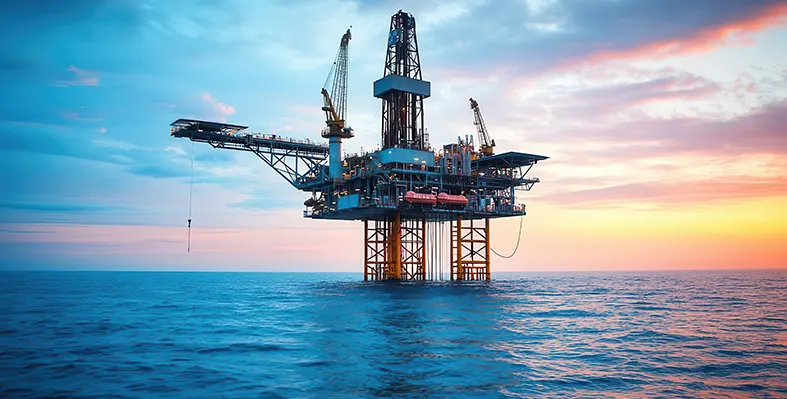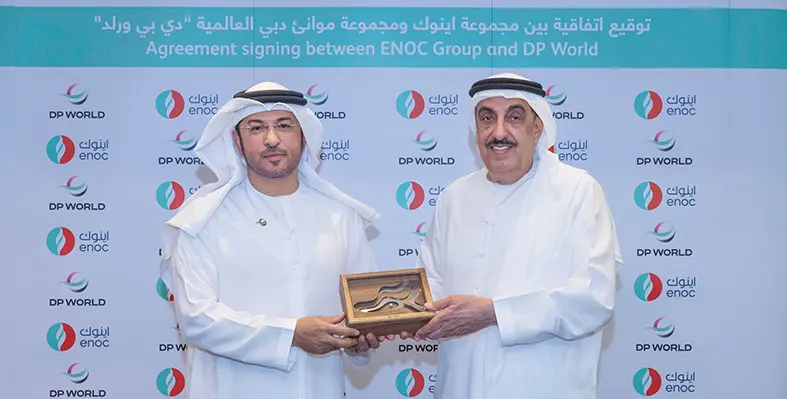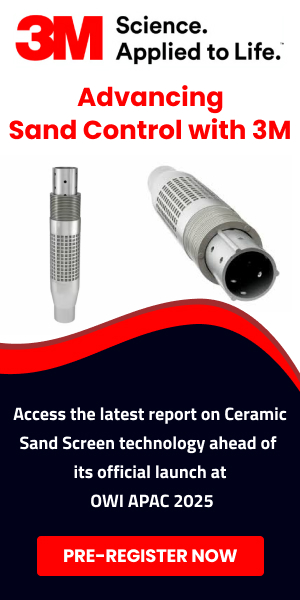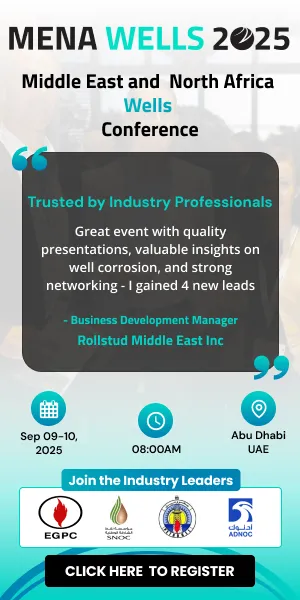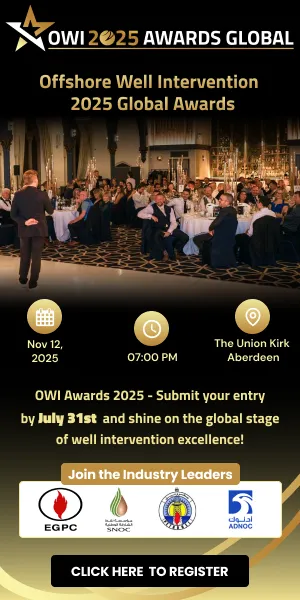
Well-fitting, performance-driven PPE empowers workers. (Image source: MSA Safety)
Workplace safety has evolved far beyond box-ticking and basic compliance
Today, the most forward-thinking organisations understand that true safety starts not just with the right equipment, but with the right mindset. At the core of that mindset is empowerment. Giving workers the confidence and tools to help them and their team stay safe while feeling genuinely valued in the process.
When PPE is designed to be comfortable, adaptable, and fit well, it doesn’t just protect, it empowers. It helps workers move freely, focus more clearly, and take ownership of their safety without distraction or discomfort. This shift, from reactive risk management to proactive resilience, is where real safety culture begins.
And it often starts with the gear.
Going beyond the standard hard hat
Hardhats have long been the foundation of head protection, meeting essential regulatory standards across industries. But meeting the minimum doesn’t always mean meeting the mark. A poorly fitted hard hat can cause pressure points, discomfort, and even headaches over time, leading many workers to remove or use it improperly and therefore risk compromising their safety.
In some cases, workers may even modify their PPE to make it more tolerable, unintentionally reducing its protective capabilities. A disconnect between design and real-world wear can lead to reduced compliance and increased risk.
That’s why head protection must evolve, both in function and form. MSA’s Fas-Trac® III Suspension System is an example of how design innovation can help close the gap. Engineered for a secure, pressure-free fit, it’s built to stay comfortable all day long, helping to reduce slippage, distraction, and user fatigue. When gear fits well and feels good, workers are more likely to wear it consistently and correctly.
This is where comfort meets compliance, and where safety moves from a checklist to a choice.
Investing in Fall Protection for more shapes and sizes
Workers come in all shapes and sizes, but historically, their fall-protection harnesses haven’t. A "one-size-fits-all" solution may check the regulatory boxes, but in practice, it leaves many workers dealing with restrictive, ill-fitting gear that hinders movement, slows productivity, and increases discomfort.
Poorly fitted harnesses can lead to unsafe working conditions. And when workers feel unsafe or unsupported by their equipment, they’re less likely to wear it with confidence consistently.
One solution lies in adaptive design. The MSA V-FIT™ Safety Harness with Race FLEX™ Buckle exemplifies this principle. Built to deliver a snug, tailored fit for a wide range of body types, the harness enhances mobility and reduces pressure points, empowering workers to move confidently and comfortably without compromising safety.
By investing in PPE that fits, employers aren’t just reducing physical risk. They’re making a clear statement: every worker’s well-being matters.
How safety and culture go hand in hand
When employees trust their safety gear, they feel safer, and when they feel safer, they perform better. But more than that, the right PPE sends a powerful message. It tells workers that their comfort, confidence, and contribution are valued.
This has a direct impact on company culture. High-quality PPE encourages consistency, reduces incident rates, and reinforces a shared sense of responsibility. It builds morale, boosts retention, and strengthens engagement at every level of the organisation.
Put simply: culture and safety aren’t separate, they’re inseparable.
Companies that invest in well-fitting, performance-driven PPE often see a ripple effect across their business. When workers feel equipped and empowered, they take ownership of their environment, support their teams, and uphold safety standards not because they have to, but because they want to.
Be the change in workplace safety
Creating a culture of safety doesn’t happen overnight, but it starts with a single step. Investing in PPE that fits, performs, and empowers is more than a compliance measure, it’s a commitment to your people and your values.
If you want to build a safer, more inclusive, and more engaged workforce, start by equipping them with gear that helps them succeed. Be the change in workplace safety. Empower your workers and elevate your culture.
At MSA, we design PPE that fits, functions and protects without compromise.Are you ready to elevate your safety standards? Experience the difference yourself, try our Head and Fall Protection ranges for free.



